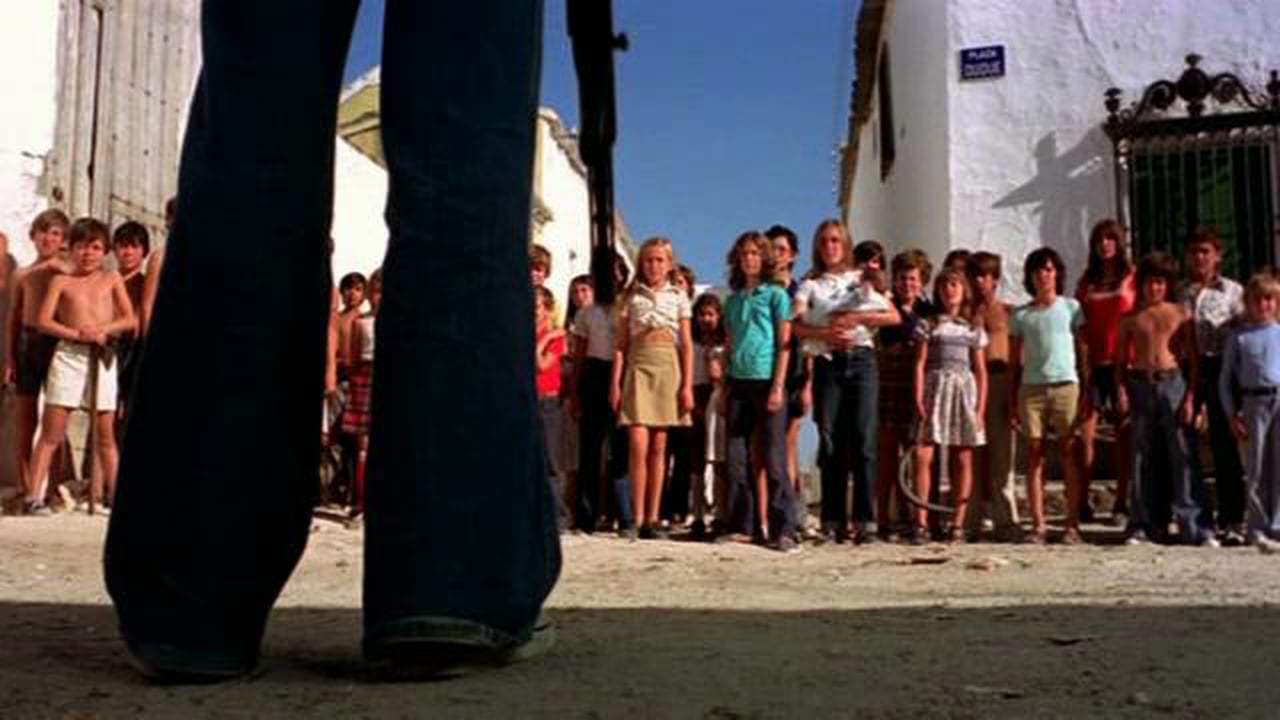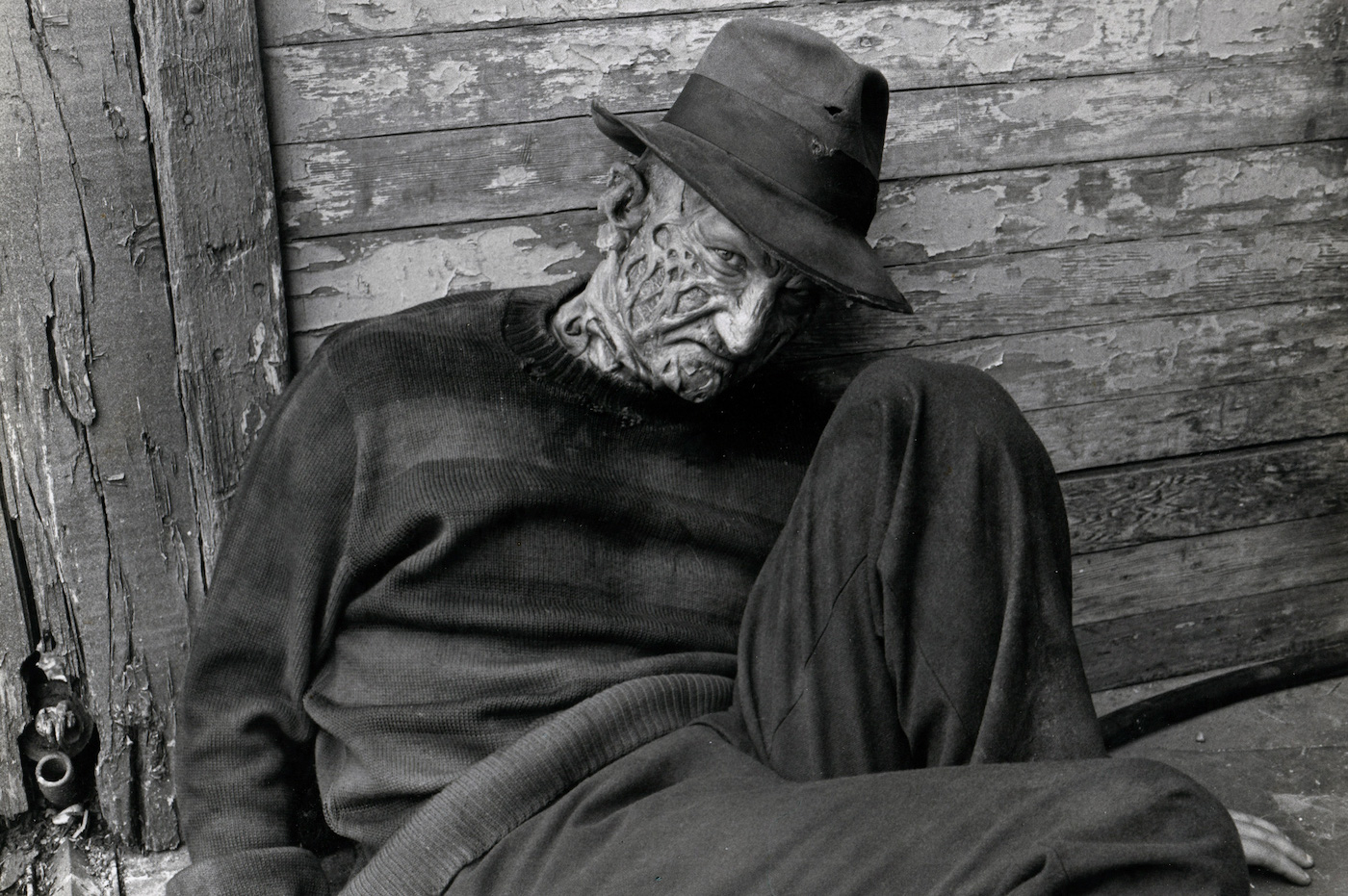Home Video
[Blu-ray Review] Spanish Horror Classic ‘Who Can Kill a Child?’ Finally Gets a Proper Release

Tom (Lewis Fiander) and Evelyn (Prunella Ransome), a young British couple, head out on vacation before giving birth to their first child. Their vacation leads them to a small, quiet Spanish island. While the island is gorgeous, something doesn’t feel right. The island appears to be only populated with children. As if that isn’t weird enough the children don’t seem to speak, however, they do giggle. As Tom and Evelyn roam the island looking for anyone over the age of 18 they witness the children all behaving strangely. They soon discover the kids are capable of intense and brutal acts of violence, and before they know they’re forced to ask themselves, who can kill a child?
Who Can Kill a Child? is a fascinating film on many fronts and can have different impacts depending on when in life you watch it. I first watched the film when I was in my late teens, early 20’s and at the time I viewed it as just a straight exploitation film that placed a pair of adults in a world in which children are bloodthirsty killers. My point of view at that time was that of course you’d kill those kids because they’re nothing more than a movie monster, just like any other horror film. They just happen to be kids.
As I’ve gotten older and I’m now into my early 30’s my feelings on the film have changed a bit. I don’t have kids, and I likely never will, but now when I watch it I think to myself, “maybe they should try talking to these kids, because they are kids.” Maybe they just need someone to be nice to them? Can they possibly be monsters? How do they even know what monsters are? They’re too little to fully understand. Right?
Despite my shifting viewpoints on how to handle the kids, my appreciation of the film has only grown. I’ve always enjoyed this movie, but the more I see it the more I become convinced that it is truly a superb piece of filmmaking. The entire subject is quite taboo. Child deaths are always shocking and yet this is a film that is entirely focused on that subject. And even though it is an exploitation film, it’s not really exploitative. Director Narciso Ibáñez Serrador could have just went balls to the wall and had Tom and Evelyn just start taking kids out. That would’ve created a lot more shock value, but he really held off and didn’t have the couple fight back until they had no choice. He made the right choice.
Who Can Kill a Child? is also a gorgeous looking film thanks to the work of José Luis Alcaine. It takes full advantage of Spain’s natural beauty, and while it takes place in one location it was actually shot in 4 of 5 different Spanish locations and is edited together seamless to look like it’s all in one place.
Special Features
The bonus features port over two interviews from the old DVD release. One is with the director Serrador, and he goes in-depth about the writing of the screenplay which he did within four days and claimed to have finished before the novel was written. He also gives some more specifics on the story that are only implied in the film. From Serrador’s POV the children are the protagonist, being forced to fight back against adults because they are responsible for all of humanity’s troubles. The second interview is with DP Alcaine and he talks about working with Serrador and even dives into his work with Pedro Almodóvar. The new stuff included on this Blu-ray are a commentary with Samm Deighan and Kat Eillinger, an interview on killer kids with Kim Newman and the 46-documentary Version Espanola. The commentary and doc dive into the specifics themes represented in the film, while Newman uses his wealth of knowledge to educate us on the history of killer kids in films. Newman makes a fantastic point about how Brian Taylor’s Mom and Dad is almost the opposite version of Who Can Kill a Child? where the tables are completely flipped.
The film is presented in both English and Spanish and with a brand-new 4K transfer from the film negatives. It’s a stunning presentation that looks a lot better than the old DVD. This is a rare horror film in that it takes place entirely during the day making for a very bright film, and this new transfer cleans up a lot of the old DVD’s issues and provides a lot more clarity and detail.
Who Can Kill a Child? is a landmark Spanish horror film from the 70’s. While it may share similarities with other horror entries about killer kids, it is a cut above the rest.
Who Can Kill a Child? is now available on region free Blu-ray from Mondo Macabro.

Home Video
‘Hollywood Dreams & Nightmares: The Robert Englund Story’ Slashes into VHS from Lunchmeat!

The SCREAMBOX Original documentary Hollywood Dreams & Nightmares: The Robert Englund Story is now streaming on SCREAMBOX, and it’s next coming to VHS!
A limited edition of only 50 copies worldwide, the VHS copies of the Englund documentary will go up for grabs on Saturday, April 27 at 12pm EST on Lunchmeat’s official website.
Josh Schafer of Lunchmeat explains, “With so many of Englund’s works being seen and familiarized on videotape, it only felt right to offer fans and collectors the opportunity to experience this fantastic doc on VHS. We all know the Freddy movies just feel different on videocassette, and we wanted to bring that feel to this film for those who want it.”
“Since first donning a tattered fedora and a glove of eviscerating blades in 1984, Robert Englund has become a beloved horror icon. His portrayal of Freddy Krueger is without doubt a moment as visceral to the horror genre as Chaney’s werewolf or Karloff’s groundbreaking realization of Frankenstein’s monster. However, few realize the depths of Englund’s true power as a character actor away from the latex mask and iconic red and green sweater.
“A classically trained actor and director, Robert Englund has become one of the most revolutionary horror icons of our generation.. This unique and intimate portrait captures the man behind the glove and features interviews with Englund and his wife Nancy, Lin Shaye, Eli Roth, Tony Todd, Heather Langenkamp, and more.
“This is the quintessential documentary on the man who didn’t just bring Freddy Krueger to horrific and historic life on-screen and beyond, but has created a fantastic career as an elite actor and entertainer.”
Selling for $30, the VHS is presented in native widescreen format & duplicated in NTSC, housed in full-color slipcase and pressed on black videocassettes with silver foil face and side labels.
The VHS release is presented in partnership with Cineverse, Bloody Disgusting, and Screambox, in association with Dead Mouse Productions and Cult Screenings U.K.














You must be logged in to post a comment.